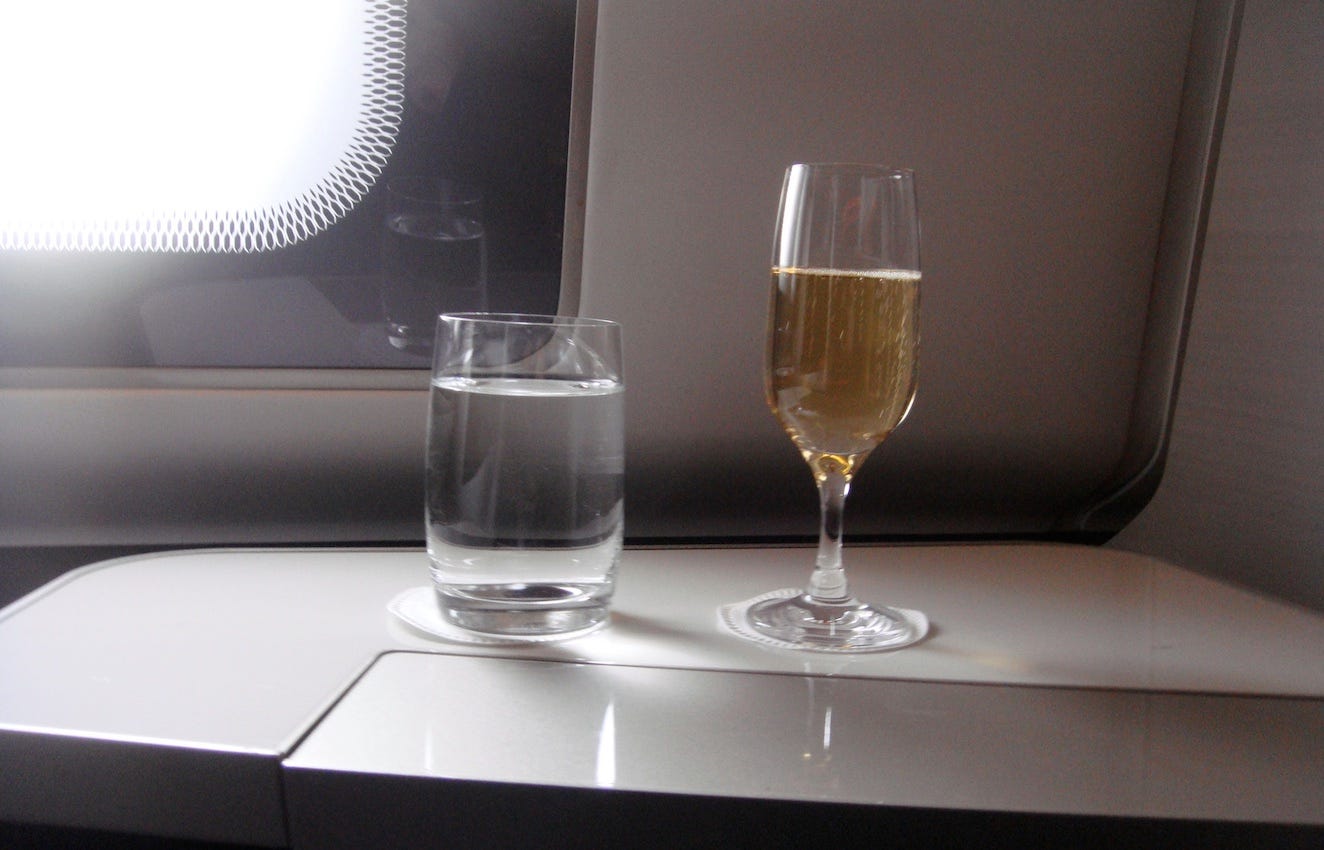Pop-glug-fizz! That’s always a good sound. It is of course the sound telling us a glass of champagne is imminent. I have three popping airline champagne stories:
1. Back in 2009 I flew Gulf Air from Doha to Bahrain and back. The return ticket was about £200 and in the lounge I discovered a bottle of Perrier Jouet Belle Epoque, which was certainly not the…



